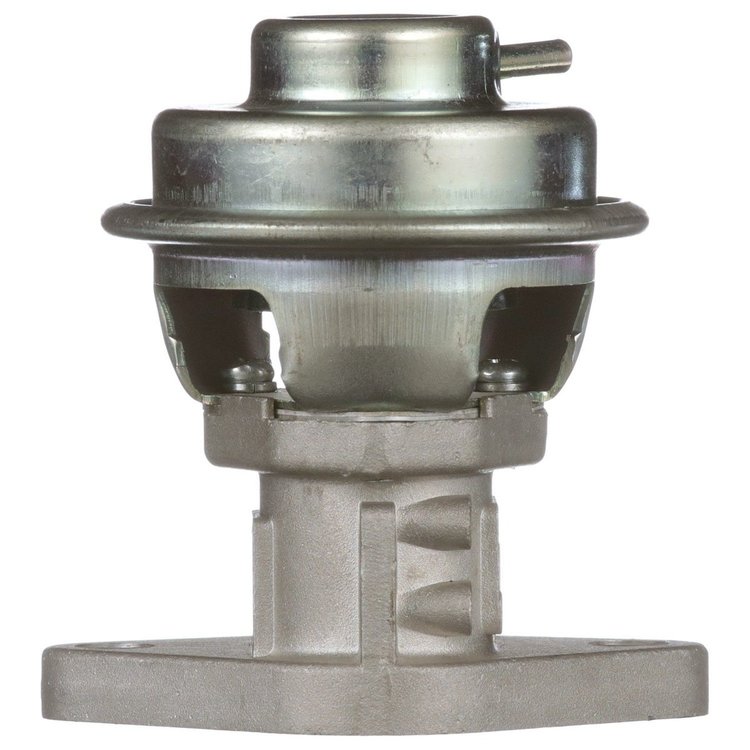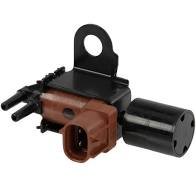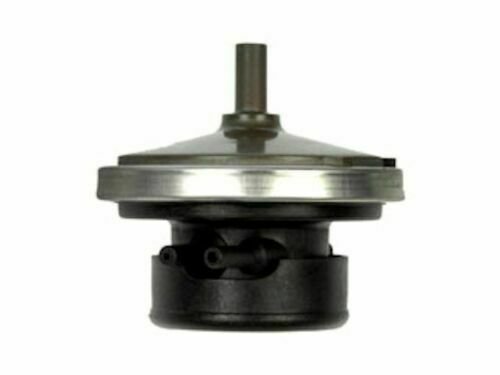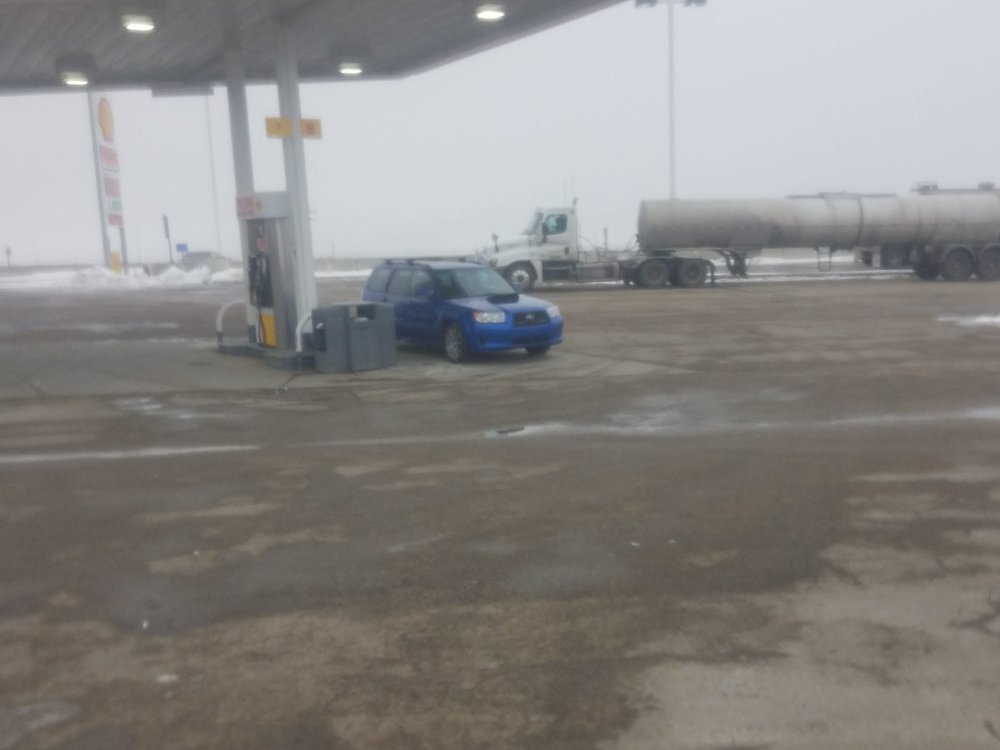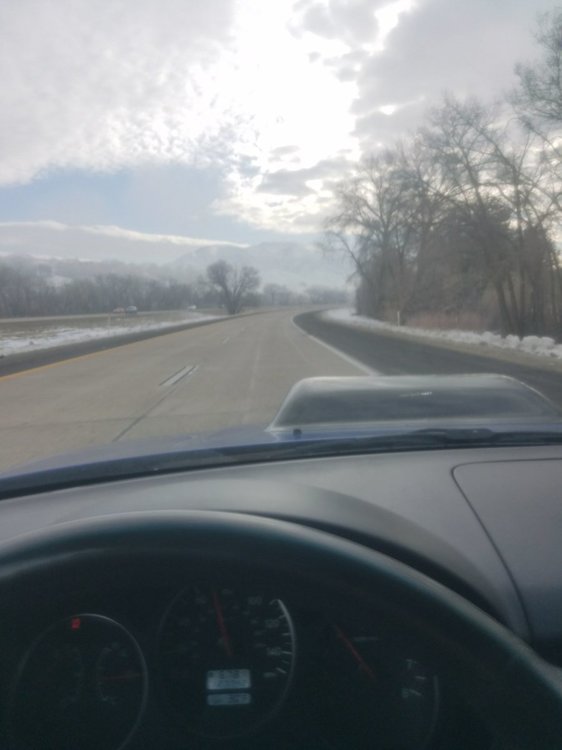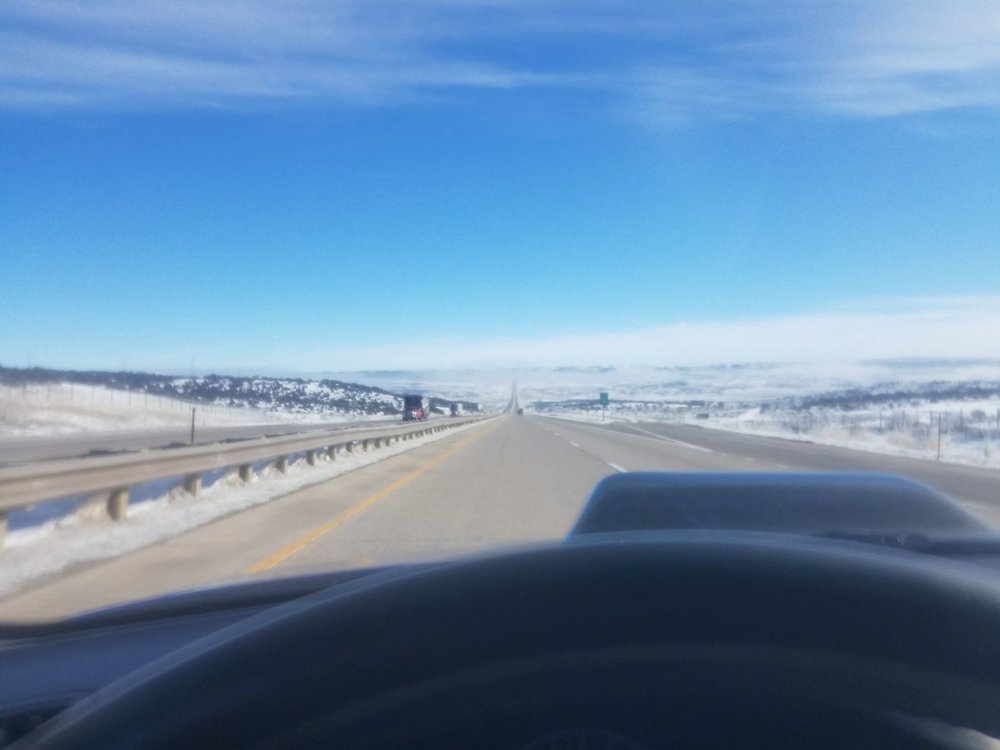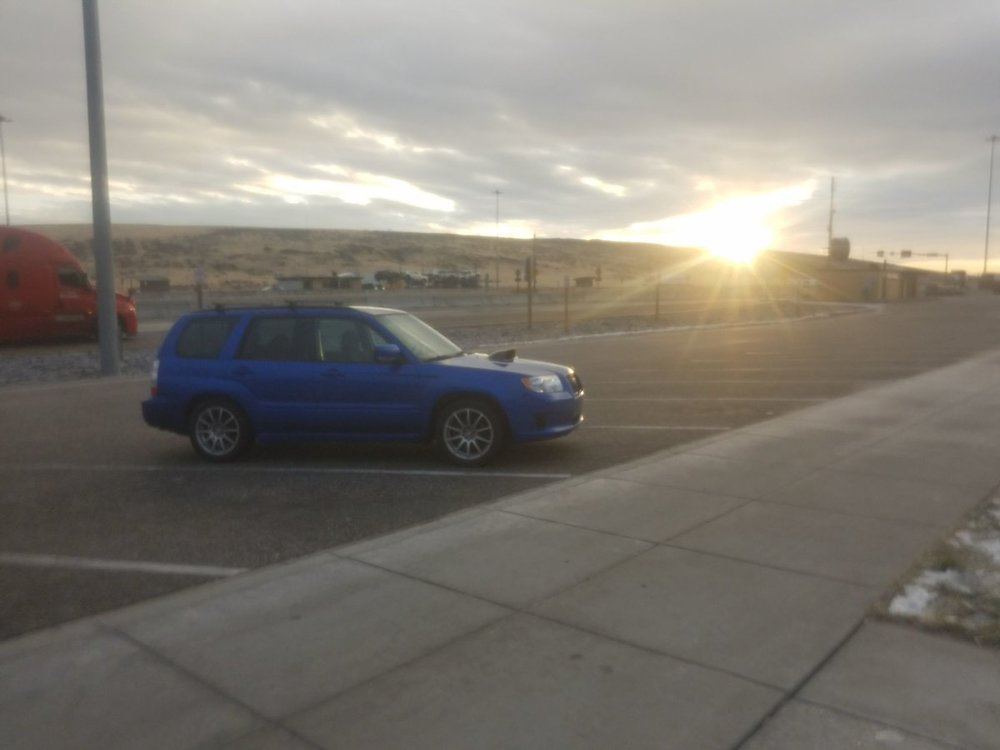Leaderboard
Popular Content
Showing content with the highest reputation on 12/27/19 in all areas
-
All grounds were where they should be, clean and tight. I put in a second used Alt I had and it's charging fine. Battery and brake light off. Happy New Year! Larry3 points
-
Since I've received so much helpful information on Subaru forums including this one I want to give back. I'll provide as much information as I can. Your solution may be contained in other sources such as links or a youtube video. The Exhaust Gas Re-circulation system is made up of small vacuum hoses, small metal tubing, one large copper pipe and three different parts. The EGR system is routed as follows: Two small vacuum tubes come off of the throttle body going through metal pipes and then again tubing connecting to the Back pressure transducer. The Back pressure transducer is a round part that has four different tube connections. From the Back pressure transducer, one vacuum tube runs through a metal pipe and connects to the EGR Vacuum Solenoid, which has an electrical plug-in. From the EGR Vacuum Solenoid a different vacuum tube runs to the EGR Valve. Next to the EGR Valve though not on the EGR Valve a metal tube comes up and has a somewhat larger vacuum hose connected to it which connects to the bottom of the Back pressure transducer. There is also a larger copper colored tube that runs vertical near the EGR Valve from the intake manifold down to the drivers side cylinder head. ------------------------------------------------------------------------------------------------ After you reset the code, it will take two cycles of the P0400 error for it to display the check engine light. The first thing to check is for carbon buildup/blockage in the small vacuum hoses and the small metal tubing it connects to. The tubing is windshield washer fluid tubing and is either 5/16 or 5/32" diameter. You can use a metal coat hanger or a large paper clip straightened out to push through the small metal tubing. This includes the metal tube that comes up and connects to a hose which connects to the bottom of the Back pressure transducer.You can also spray carburetor cleaner with the small plastic hose attachment into the metal lines. If carbon blockage is not the issue then one or more of the three EGR parts may have failed/need replaced. Also, any cracks or leaks in the vacuum hoses or metal tubing could be the cause. For the EGR Valve, it has two 12mm nuts to remove it. You can remove it and scrape off the carbon visible inside. Some people will say to spray or soak it in carb cleaner, the factory service manual says not to use solvents as they can damage the diaphram.You can also scrape out any carbon on the other opening side that it is bolted to. If you have a handheld vacuum pump, you can connect it to the EGR Valve and it should hold vacuum, as in the diaphram visually moves and should hold with the vacuum applied. If it does not hold with the vacuum applied then the EGR Valve needs to be replaced. The EGR Vacuum Solenoid is held on by one 12mm bolt. When 12v and ground are applied it should make a clicking sound. You should also be able to feel it when it clicks if you have your fingers on the the EGR Vacuum Solenoid. There are two ways to test this, to see if it clicks. You can connect the two green test mode connectors under the dash. When those are connected and you turn the key, there's about 10 items that will run in a row starting with the fans and it will repeat. The issue with this is that there are other parts that click so you may not be able to tell if it's the EGR Vacuum Solenoid clicking or not. If you put your fingers on it you should be able to tell if it clicks. You can also remove it with the 12mm bolt. I'd recommend a wobble attachment connected to an extension then ratchet to loosen it. Then unplug the connector. You'll need two small wires with the copper exposed on each end. If you have the EGR Vacuum Solenoid removed, looking at the two metal connectors, with the two tubes on the bottom and the canister on top, the left one is ground and the right one is positive. So when ground and 12v positive are applied to the correct metal connectors, there should be a click heard in the solenoid. If there is no click and ground/12v was applied correctly, then the solenoid should be replaced. There are aftermarket ones on ebay for like $13 shipped. They may be branded as Toyota or with just the term vacuum solenoid. Make sure that the connector will go on exactly the same. Some aftermarket ones will look the same except the Subaru connector cannot fit on them. The Back Pressure transducer according to a Subaru tech on the site justanswers, says that 90% of the P0400 codes are a result of a Back pressure transducer gone bad. The Subaru tech on justanswers says that if you disconnect the bottom hose, shake it and water comes out that it needs to be replaced. The Subaru brand part is like $50-$60. There are now aftermarket ones on ebay for as little as $8.50 shipped at the time of publishing this. 911-609 is the aftermarket part number. It's interesting that the Subaru tech says it's the cause of P0400 90% of the time yet the factory service manual P0400 diagnoses says nothing about how to test it or to know when to replace it. There is a large EGR copper pipe that runs vertical from the intake manifold down to the drivers side cylinder head. It being clogged with carbon could be an issue. This metal tube takes a flare nut wrench. When I was doing other work and had the intake manifold removed and bolted in again, I could not get the tube to thread into the intake manifold. I had to unbolt the intake manifold , lift it up a little at an angle to thread in the EGR metal tube. I would recommended checking this as a last resort. I was getting the P0400 code and it turned out to be a bad (stopped clicking) EGR Vacuum Solenoid and a bad Back pressure transducer, which did have some water coming out the bottom when tapping it down. The cheap aftermarket price for both of those parts, currently only $22. Resources: There's also some testing you can do with an air pressure gauge from this video: "SUBARU P0400 EGR FLOW" by James Danner Factory Service Manual Error Code Diagnosis (It starts on page 212, that is 212 on the page itself, not the PDF reader) Subaru tech responses to P0400 codes on JustAnswers: https://www.justanswer.com/subaru/91489-subaru-forester-98-subaru-forester-p0400.html https://www.justanswer.com/subaru/5dhw0-1997-subaru-legacy-gt-2-5-code-p0400-ideas.html https://www.justanswer.com/subaru/9vhkz-p0400-code-yes-1999-legacy-2-5l-going-remove.html https://www.justanswer.com/subaru/b075x-p0400-code-1996-suburu-legacy-changed.html https://www.justanswer.com/subaru/4n0k0-subaru-legacy-2-5i-limited-1997-subaru-outback-legacy.html1 point
-
sorry i havent updated this. ive been recovering and working. car did amazing and is amazing! its everything i hoped for and more. engine performed flawlessly and car did great in some pretty horrid weather. idaho had ground level clouds that produced ice while wyoming had 70+ mph winds blowing drifts onto a highway that has an 80mph speed limit. 10 cars had gone off the road, 2 jack knifed semis, 1 semi that caught fire and a trailer that had flipped and disintegrated on impact. google maps has it as an 18.5 hour trip driving straight through and i was able to do it in 22 by myself. my first plan of action after i take on the dmv is to get a 2nd set of rims with some studded snows1 point



